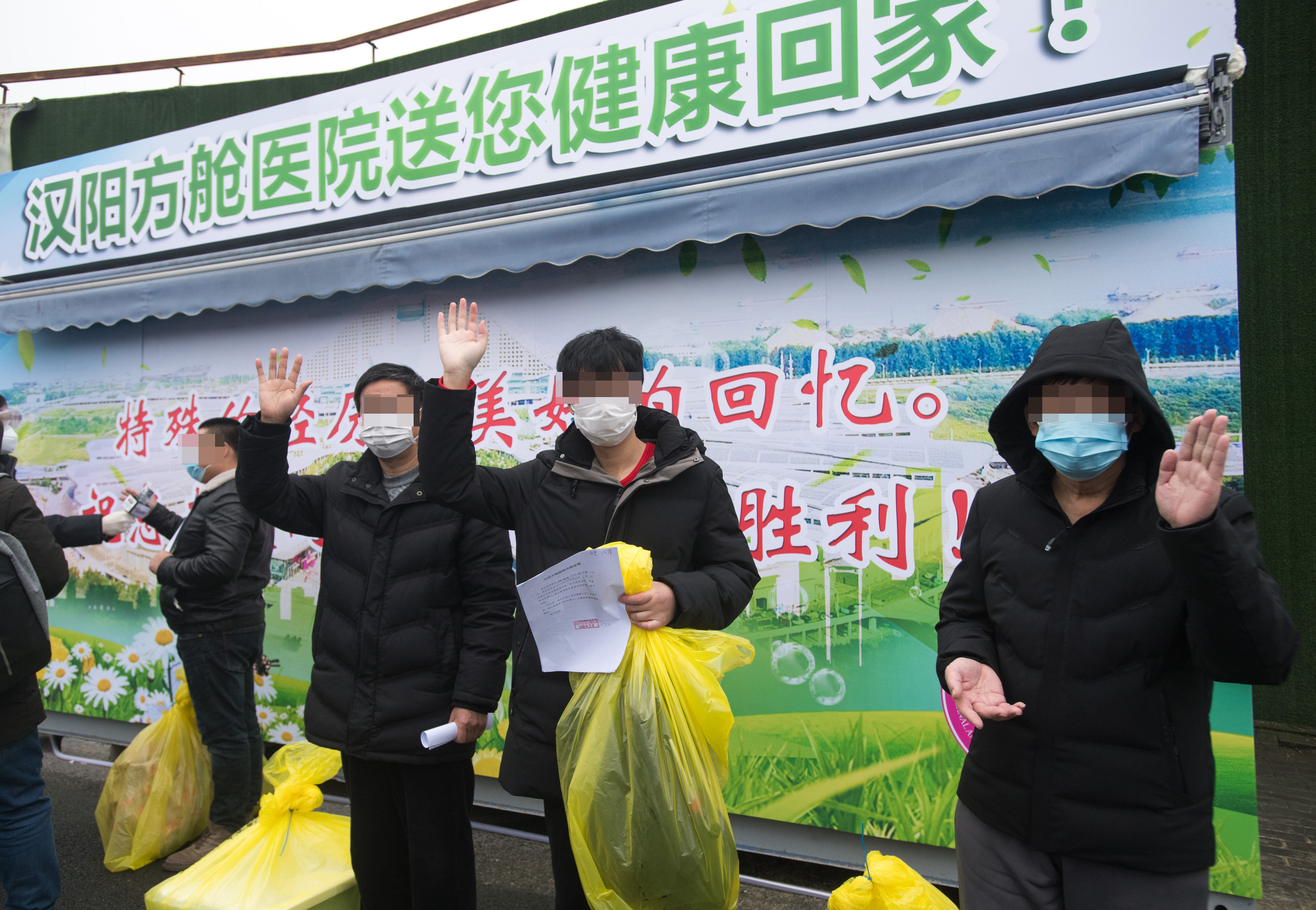New Delhi: While the rest of the world is battling economic demons and a major slump, China, from where Covid-19 originated, is back on its feet, key economic indicators show.
As per numbers released by Chinese government officials and the National Bureau of Statistics of China on Tuesday, one of the key indicators of the economic condition of any country, the Purchasing Managers’ Index (PMI) was 52.3 percentage points in March. The PMI was 35.7 percentage points in February.
The Purchasing Managers’ Index (PMI) is a measure of the prevailing direction of economic trends in manufacturing. Purchasing by manufacturers is a primary indicator of business activity as it shows what the market sentiment is when it comes to buying supplies in anticipation of demand.
Experts use the threshold of 50% as the cut-off point for judging economic performance. If PMI is above 50%, it reflects that the overall economy is expanding, if less than 50%, it shows that the overall economy is in recession.
Similarly, the construction business activity index of China was 55.1%, up by 28.5 percentage points from last month, while the service business activity index was 51.8%, up by 21.7 percentage points from last month. The new orders index was 49.2%, up by 22.7 percentage points from the previous month.
STOCK MARKET
The CSI 300, which is the stock market index that shows the performance of the top 300 stocks traded on the Shanghai Stock Exchange and the Shenzhen Stock exchange, had opened at 4,152.24 this year and had slumped to 3,688 points on 2 February and 3,530 points on 23 March. However, now it has stabilized at 3,700. With the Covid-19 turmoil in China all but over now, experts have said that with the other economic indicators like PMI showing positive signals, the CSI 300 index will now move up.
In February, when the Chinese stock markets were hit, it was manufacturing, real estate, construction, materials, and consumer goods companies whose stocks plummeted.
As per reports, almost 80% of the Chinese stock market is dominated by retail investors as opposed to institutional investors and hence local sentiments and conditions show their impact very quickly in the market.
OTHER SIGNS
The Air Quality Index (AQI) of major Chinese cities, too, has reached the same level that they had recorded in March 2019, after recording very low pollution levels in February 2020.
Domestic flights are now flying normally in China with flights in and out of Hubei, where the epicentre of the pandemic, Wuhan, is located, resuming services last week.
As per Flightradar24, air traffic in China has started going up from mid-March. The total departures from China’s 25 busiest airports this year were as high as almost 11,000 flights daily in the third week of January, which fell to a low of 1,800 in the third week of February. However, as per the latest data, traffic had now crossed 4,000 and was going up.
At the Chengdu Shuangliu International Airport, which saw a low of 157 departures on 11 February, from a high of 632 departures on 21 January, the number was 335 as in mid-March and rising.
Another sign of “normalcy” returning to China can be construed from the decision of the civil aviation authority to resume construction on 30 major national airport projects on 25 March. Construction was banned following the outbreak of the pandemic.
Vehicular traffic site
tomtom.com data, too, showed that traffic in all prominent cities of China were now on the road, with some parts of the country showing more congestion compared to last year.
Chinese experts say that China is looking at the unprecedented uncertainties across the world as a strategic opportunity.
“China does not intend to wait for the complete elimination of the virus, rather in a fast-forward mode, it seeks to resume production at the earliest. The strategy is to quickly make the country’s economic output surpass that of the developed nations which are presently reeling under the impact of the outbreak, so as to make a lasting impact on the post-Covid world order,” said Antara Ghosal Singh, who is a Research Associate and a Chinese scholar with the Delhi Policy Group.
However, according to Sana Hashmi, Ministry of Foreign Affairs, Taiwan, fellow at the Institute of International Relations, National Chengchi University, Taipei, China is suppressing information related to the impact that Covid-19 has had on its economy. According to her, Covid-19 is likely to have a long-term negative impact on the Chinese economy vis-a-vis its trade relations with other countries.
“As much of the rest of the world is under lockdown, China is slowly opening up businesses. However, China is witnessing the second wave (of the pandemic). There is an attempt to change the narrative now. According to the Chinese official position, the new cases are all imported. According to reports, China is still suppressing information about the actual impact of Covid-19. Its GDP shrunk to its lowest since 1979. Most companies are being reopened, but are not fully functional yet. It is difficult for China to get migrant workers from different provinces due to different sets of rules in different provinces. Another issue is of supply-demand imbalance. Now that the Covid-19 has spread globally, the demand for Chinese low-quality goods will be under stress for some time to come. On the external front, it is going to impact the Belt and Road Initiative (BRI), where China has invested billions of dollars. More countries will be sceptical of furthering movement under the BRI. This will have long-term implications for the Chinese economy.”

